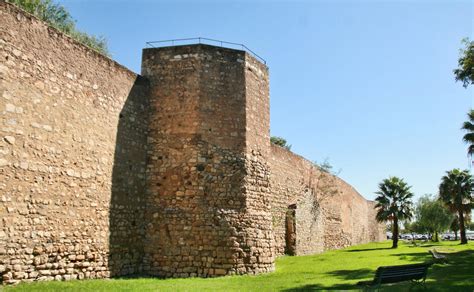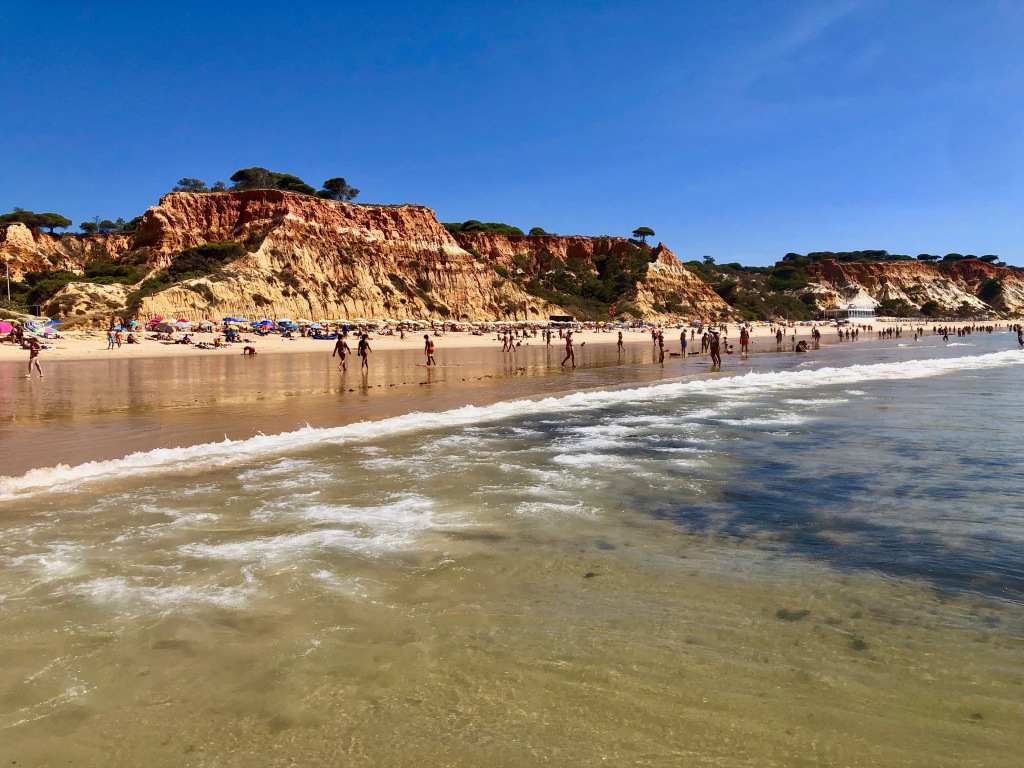We had stayed in a hotel in Lisboa’s Alfama neighborhood with its very small streets. I already worried that we had to drag our suitcases up the hill as the taxi would not be able to get to our hotel. Luckily that was not necessary and we got picked up at the front door of the hotel and were comfortably driven to the airport were we picked up a rental car and continued our trip.
Our first treat was crossing the Ponte 25 de Abril (25th of April bridge) over the river Tejo (“Tagus”). This bridge is a copy of the Golden Gate Bridge, in fact it is 100 meters / 300 feet longer, and just as beautiful. The bridge is called after the peaceful carnation revolution whereby on 25th of april 1974 the military dictator was overthrown. Previously the bridge carried the name of the dictator. Like crossing the Golden Gate bridge in San Francisco, it gives a special feeling to drive on such a beautiful bridge.

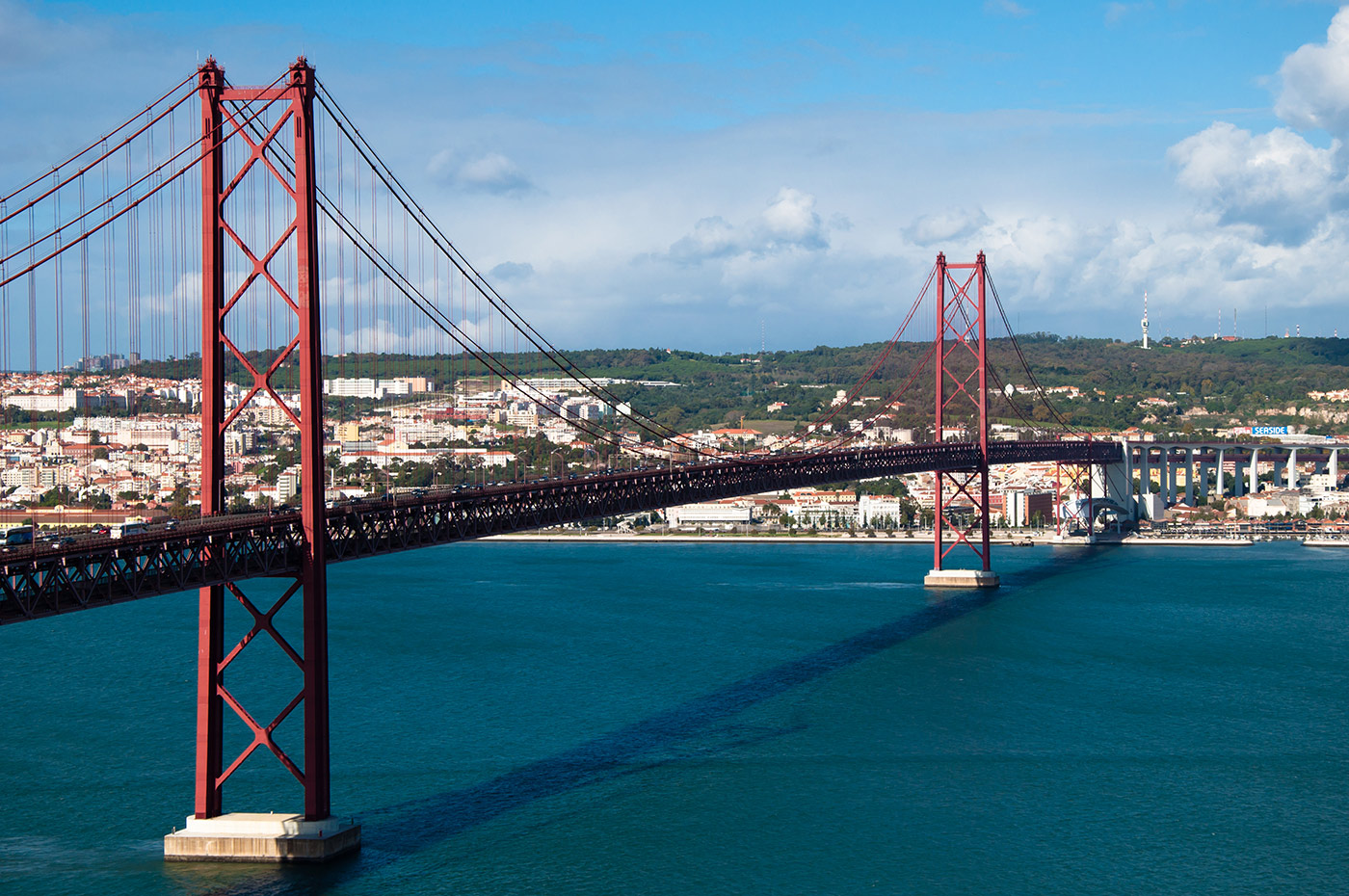
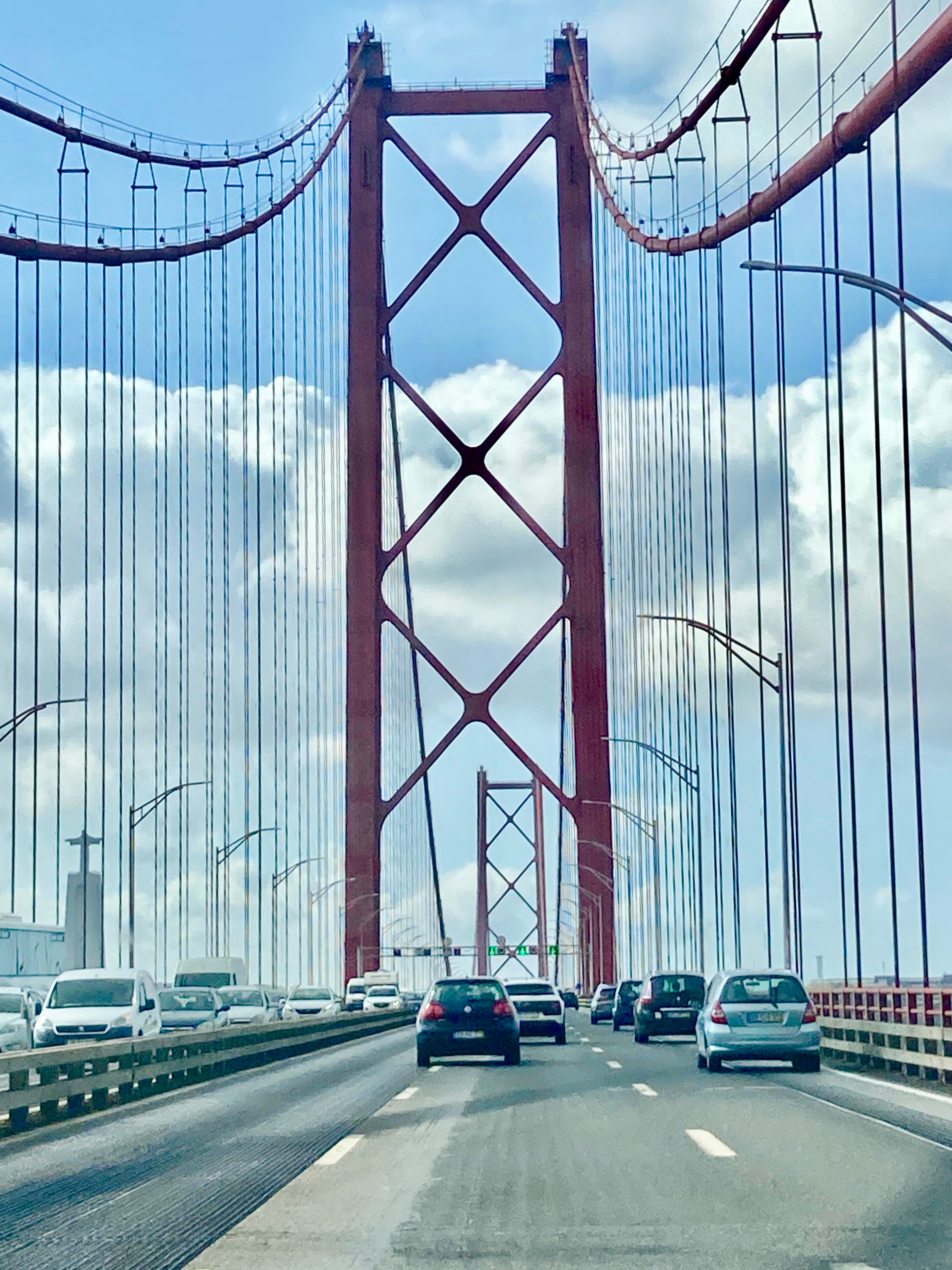
For the first part of the trip we used the toll roads which are surprisingly good and efficient. As soon as we left Lisboa there was not much traffic on the road so we made good time. After a little over an hour driving we reached the city of Évora. We wanted to visit this city as it is Unesco Heritage, which usually means that it is worthwhile visiting. Évora has, in our view, two features which makes it to stand out.
First of all it holds the remains of an old Roman temple, built in the first century. It is a bit of a mystery why the Romans picked this place to build a temple as there is no river nearby and it is almost the hottest place in Portugal. Nevertheless the construction company that built it did a good job because most parts are still there 2000 yers after being built.
Secondly the city is completely walled, e.g. the walls built in the Middle Ages are still standing. It is a nice little town for a coffee break on our way south.
While we drove further south to our destination in the Algarve, we crossed agricultural lands: vineyards, olive groves and cork plantations. It was a first time for us to see truck loads full of cork. Cork is an interesting business, the first commercial harvest is only after the trees are 34 years old and after that one can only harvest once every 9 years. Portugal is the largest cork producer in the world with around 60% of global supply and over €1 billion euro in sales.

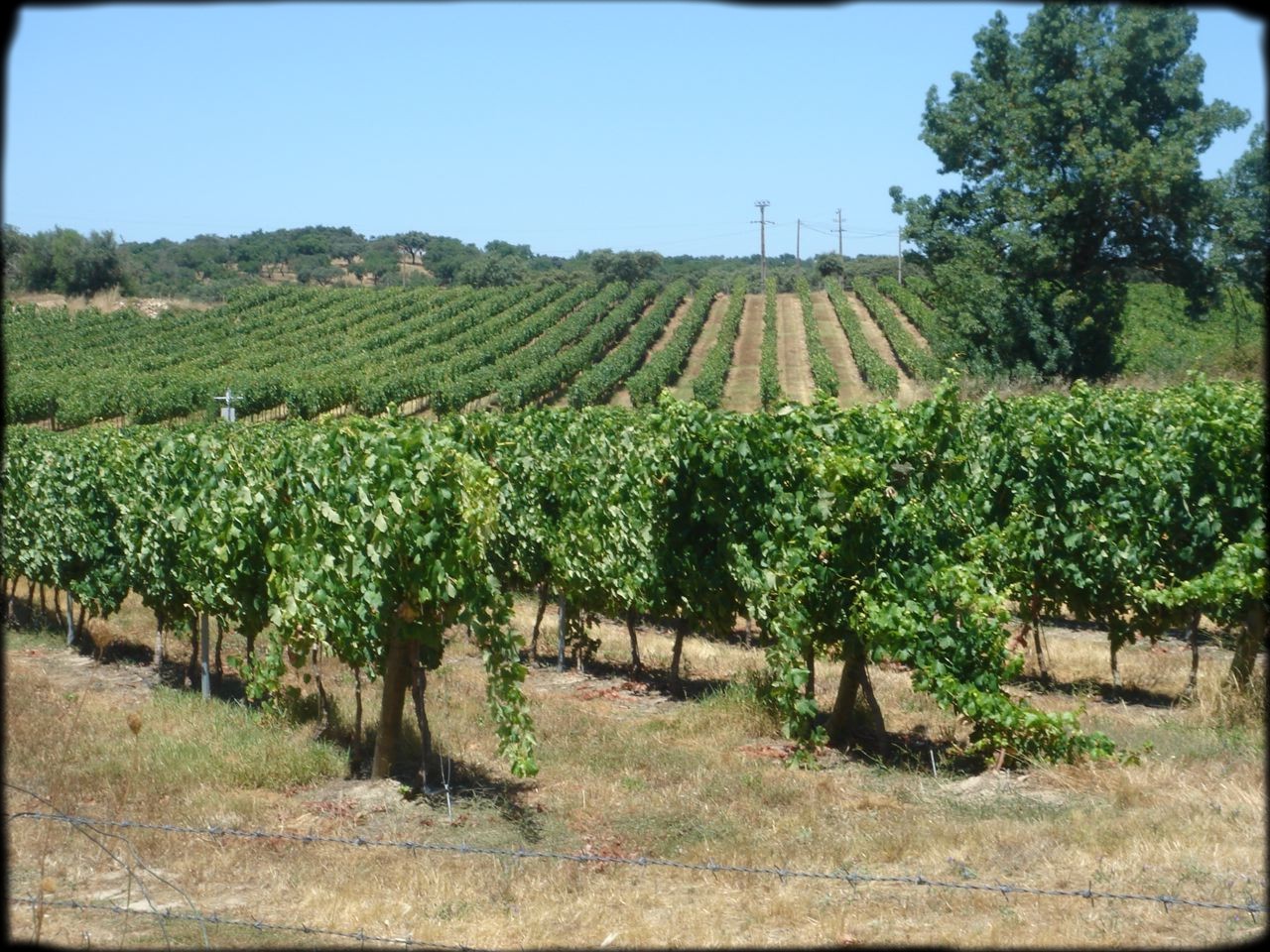

After a further two hour drive we reached our destination: Olhos de Aqua, a small beach resort in the Algarve close to Albufeira. After a long and cold winter and a rainy summer in The Netherlands, we came here with a clear goal: beach, sun and sea, and that is what we got for the full four days.
Our next stop on this trip will be Fatima.


